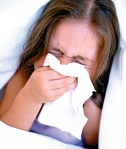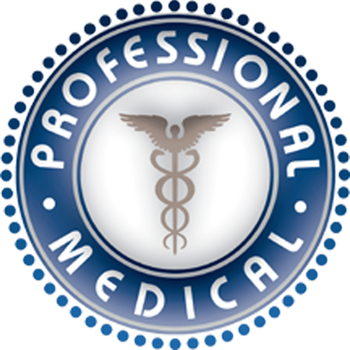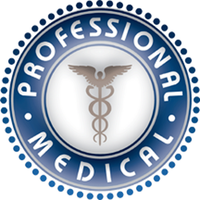Swine Flu Hits Youngest Hardest
 MONDAY, Oct. 12, 2009 (Health.com) — An analysis of the sickest swine flu patients in Australia, Canada, Mexico, and New Zealand suggests that relatively healthy adolescents and young adults are among the most likely to get very sick after an H1N1 infection, a pattern similar to that seen in the 1918 influenza pandemic.
MONDAY, Oct. 12, 2009 (Health.com) — An analysis of the sickest swine flu patients in Australia, Canada, Mexico, and New Zealand suggests that relatively healthy adolescents and young adults are among the most likely to get very sick after an H1N1 infection, a pattern similar to that seen in the 1918 influenza pandemic.
Almost all critically ill patients in the studies were sick for only a few days before rapidly progressing to more severe symptoms and respiratory failure, which required treatment with a breathing machine, according to three studies published in the Journal of the American Medical Association.
The mortality rate ranged from 14.3% to 41.4%, depending on the country. The findings may help shine some light on what the 2009 H1N1 flu season may bring, and who may be hit the hardest by the swine flu during the next few months.
“These studies are telling us that young people are at risk for bad complications of H1N1 and under usual circumstances, [seasonal] flu does not cause acute respiratory failure in younger people,” says Neil Schachter, MD, the medical director of the respiratory care department at Mount Sinai Medical Center, in New York City, and the author of The Good Doctor’s Guide to Colds and Flu.
The analysis of cases in Australia and New Zealand looked at people who developed severe acute respiratory distress syndrome (a condition in which the lungs fill with fluid) and were put on a life-support system known as extracorporeal membrane oxygenation (ECMO). This artificial heart and lung machine system, which puts oxygen into the blood and then carries this blood to the body tissues, is considered risky and expensive; as a result, it is not readily available in every hospital. The mortality rate was 21% for these patients, although it may have been higher without the treatment, the authors say.
To continue reading CLICK HERE.
Source: http://www.health.com
- Tags: News Press Recommendations
- Professional Medical














Comments 0